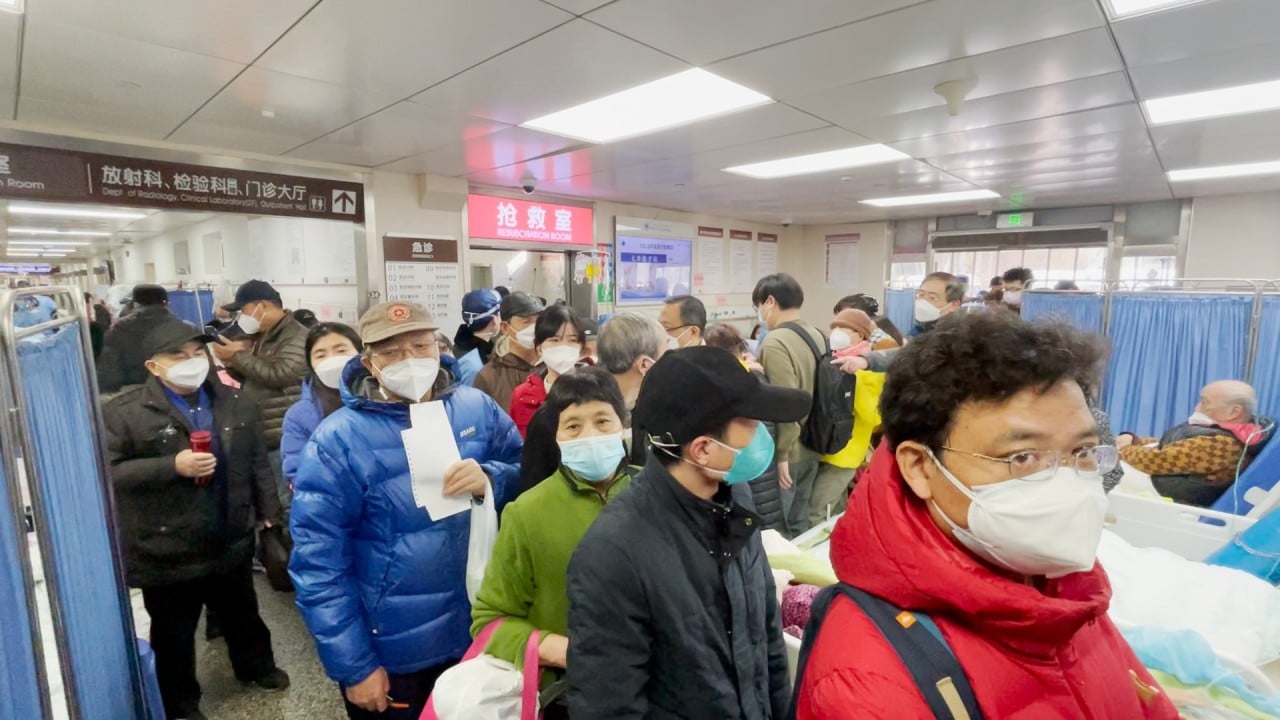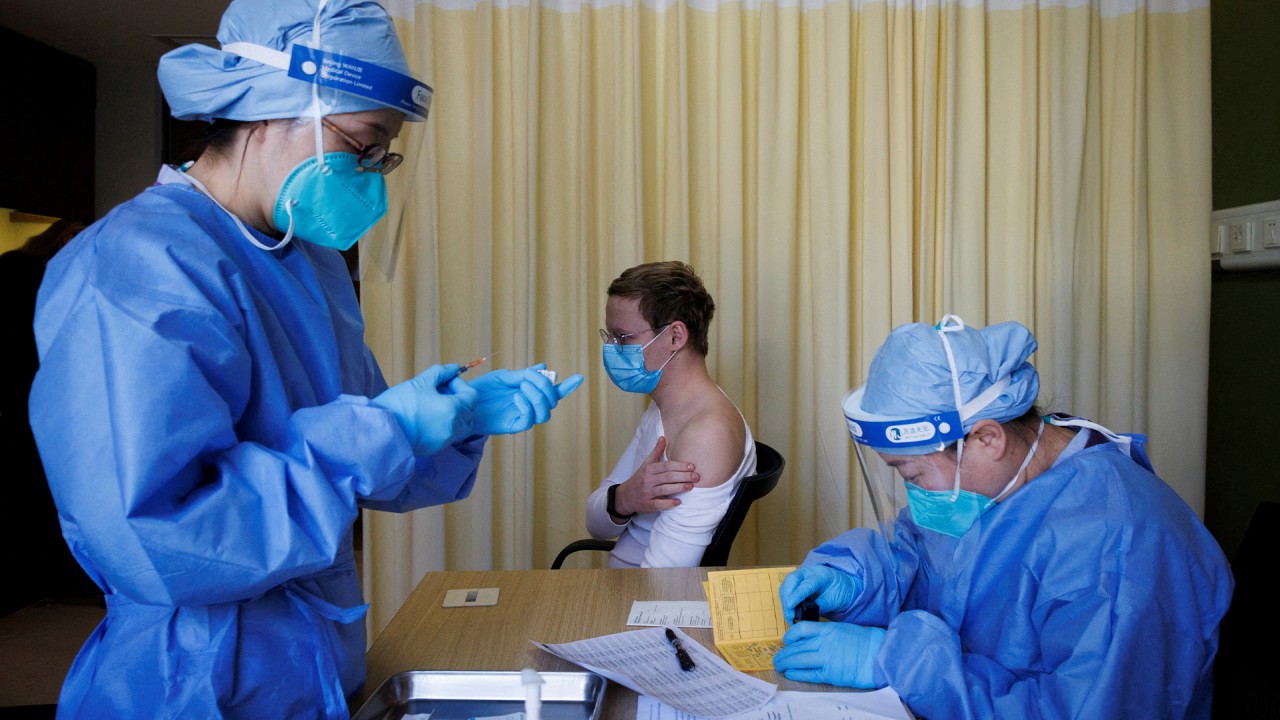
China must brace itself for dark Covid winter this Lunar New Year
- As most developed economies learned years ago, reducing Covid-19 infection rates in high-risk populations takes self-distancing and other proactive measures
- Such precautions are not an option for too many Chinese households, though, given the elderly’s role in child care and the state of health care in rural China
Social media is being flooded with harrowing accounts of personal loss and images of overwhelmed hospitals. While the exact infection and mortality figures are unclear, the big picture is undeniable: the Chinese people are fighting to survive.
Reducing infection rates in high-risk populations, for example, requires self-distancing. This is why the elderly in advanced economies have voluntarily reduced interactions with their children and grandchildren. But China’s elderly cannot self-isolate so easily because many are their grandchildren’s primary carers.
In 2013, the Shanghai Municipal Population and Family Planning Commission reported that 90 per cent of the city’s young children were being cared for by at least one grandparent. The rates are lower in other cities but still much higher than in the United States. More than 50 per cent of all Chinese grandparents provide care for their grandchildren, whereas around 4 per cent of American grandparents do.
This difference is partly a result of tradition. Many Chinese elderly live with their adult children, and retirement homes in the country are still rare.
Many urban parents, too, have left their children behind. In cities, children often live with grandparents who own property in city centres, where one finds the best schools and other amenities. Today’s urban elderly were grandfathered into these sought-after locations, having been assigned housing by their work units before the reforms of the mid-1990s transferred ownership from the state to the occupants.
As urban housing prices skyrocketed, the beneficiaries’ adult children were forced out to more affordable suburbs. In Shanghai, where real estate prices are among the highest in the world, grandparents are the sole carers of half of the city’s young children.
As of 2021, China’s per-capita GDP was just US$12,556 – less than one-fifth that of the US$70,248 in the US. This large income gap is reflected in the provision of public health care, including in ways that are not always apparent.
Time for China’s ‘zero-Covid’ roller coaster to come to an end
China’s limited public resources also are reflected in the high price of treatments. In the US, the government purchased 20 million courses of Paxlovid at US$530 each and provided them to Americans free of charge. In China, patients currently must buy Paxlovid at the market price of 2,980 yuan (US$427) per course, which amounts to about 8 per cent of the average Chinese person’s annual disposable income. For comparison, this would be like asking the average American to pay more than US$4,000.
The Covid-19 pandemic began in China during the 2020 Lunar New Year holiday. Now, for the first time in three years, the Chinese people can see a small light at the end of the tunnel.
But the last mile will be gruelling. Households must do their best to protect themselves with limited access to some of the most important tools for fighting the disease. While there is little doubt that returning to normalcy is the right direction for China, the days and weeks ahead are going to be exceedingly difficult and full of sorrows.




